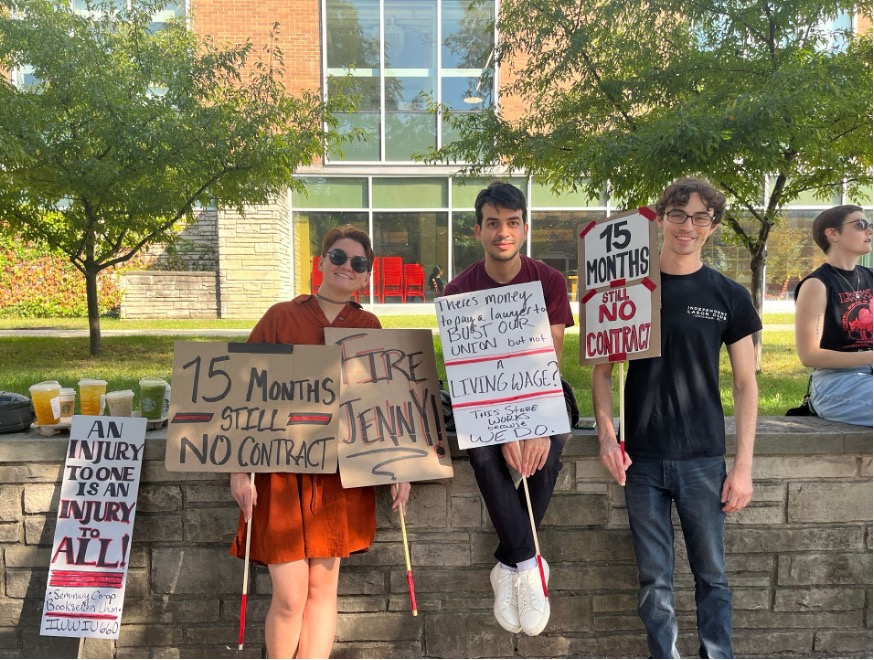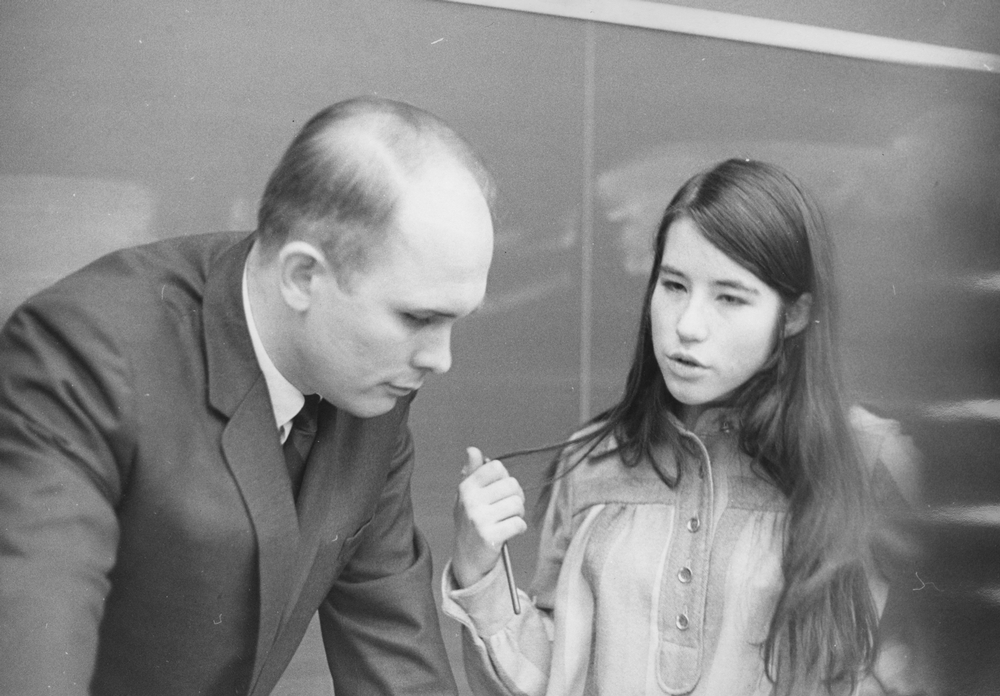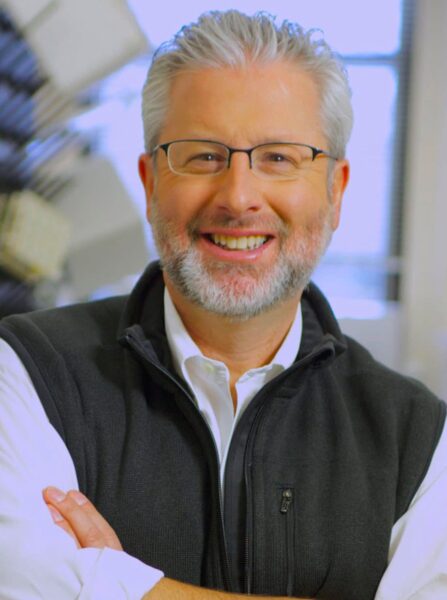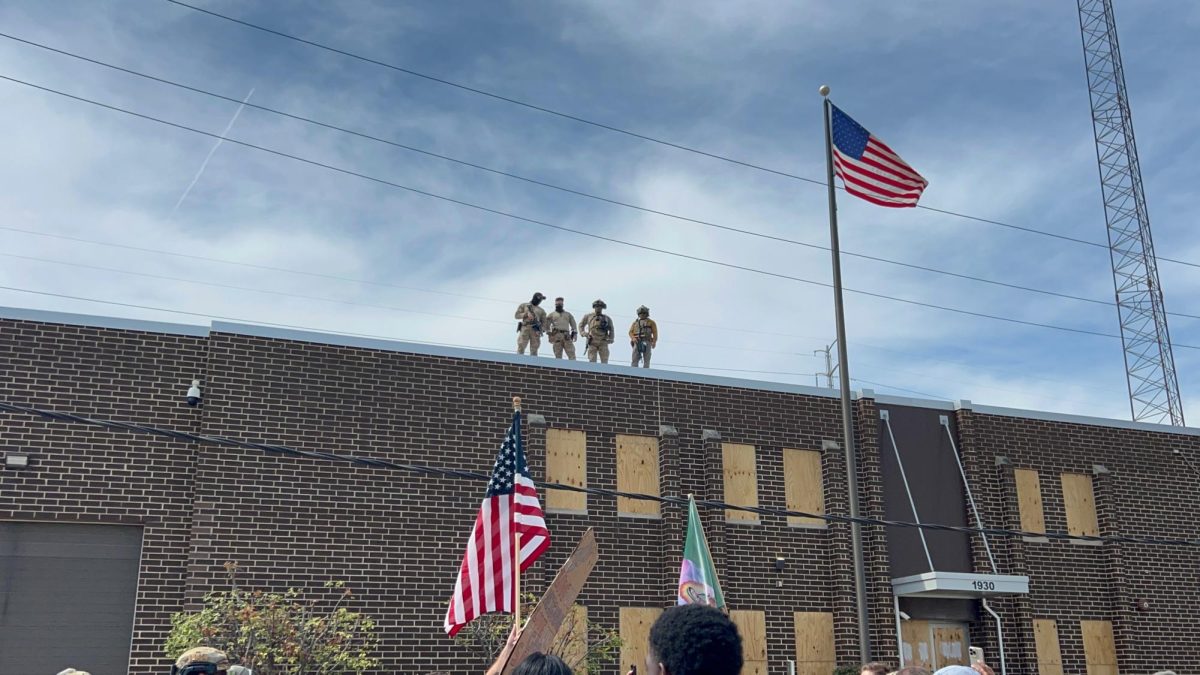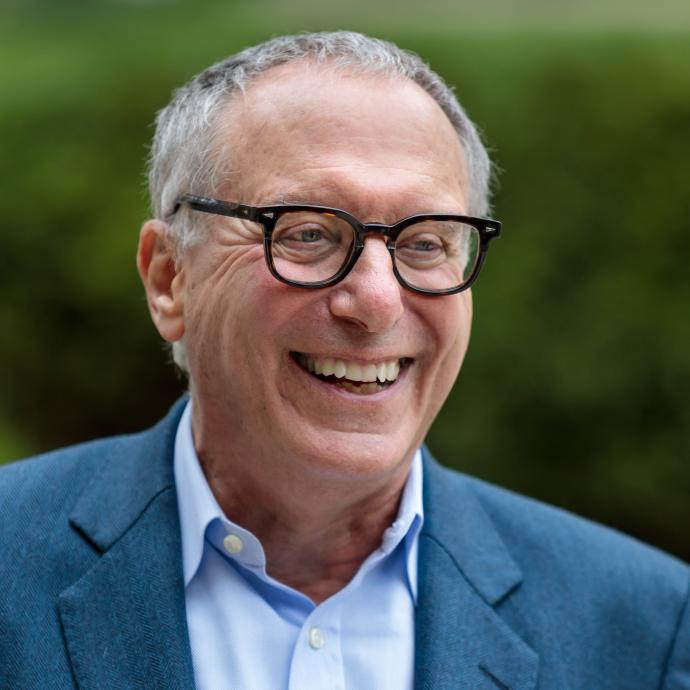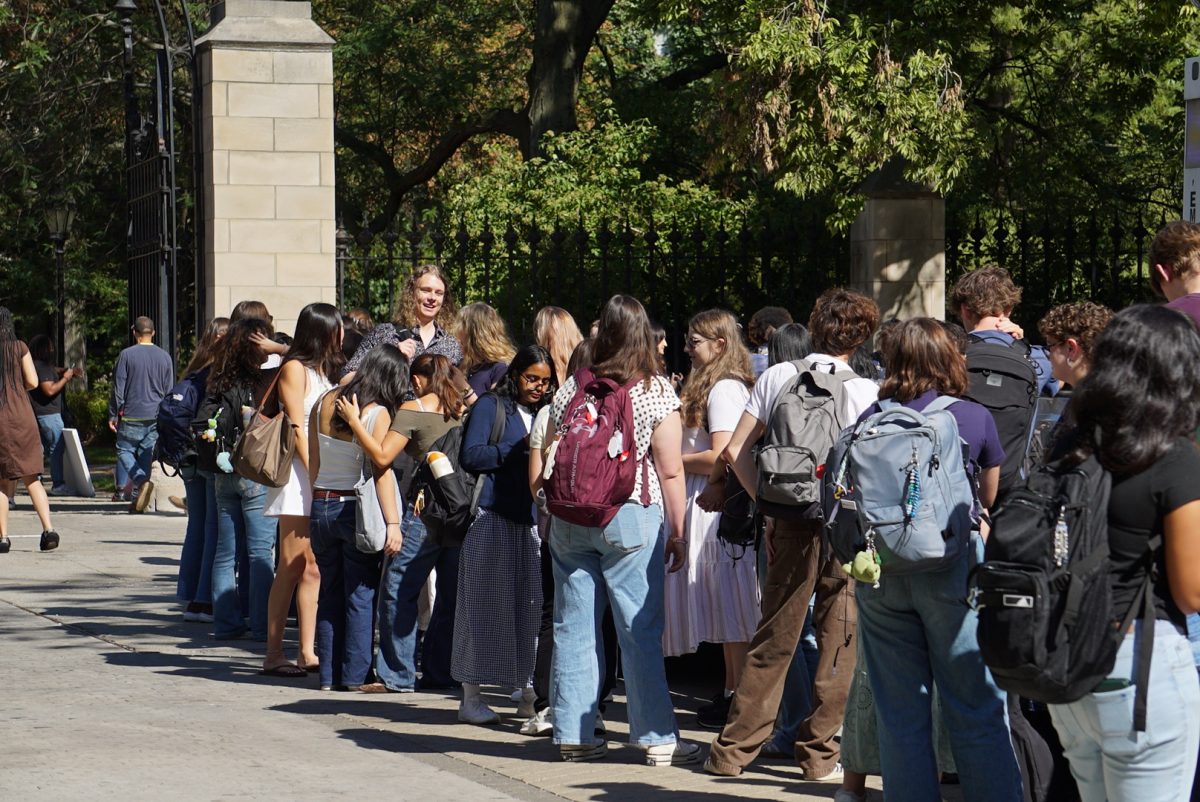The newest exhibit at the University’s David and Alfred Smart Museum of Art brings socially conscious Chicago artists together in a three-day symposium examining the intersection of critical art and collective action. “Critical Mass” will open on Thursday with a reception at 5:00 p.m. at the museum. The symposium runs through Saturday, April 27, and the exhibit includes installations on the Smart Museum’s exterior and in its galleries.
The exhibit is a collection of pieces from leading local contemporary visual artists who practice critical art. “Critical art practice is defined as artists who use their skills as artists to address complicated social realities using processes that are open and collective. It is based in an ethical approach, and it uses the tools of art to activate a critical understanding of how we exist in the wider world,” said Stephanie Smith, the curator of the Smart Museum, who conceived “Critical Mass.”
All of the exhibit artists work in Chicago, and they represent a variety of generations. Some have been based in Chicago for their entire careers while other have recently migrated to the city. All of the works on display were recently produced in Chicago.
The exhibit is organized to emphasize the artists’ similarities in three broad groupings: training, sensibilities, and strategies. These groupings unite them as critical artists. Most of the artists hold degrees from art schools and teach at cultural institutions. They pursue a self-reflective practice in creating their art, are committed to social engagement, and try experimental approaches to art.
“Critical art has a lot to do with dialogue—among artists and between viewers of the work,” said Tania Patchof, public relations director and marketing manager for the Museum. “This might be a little hard to grasp. That is why we decided to have a resource center for this project—that way people can have an outlet to find out more information.”
The two main features of the resource center are a hotline and readings. The hotline will allow visitors to talk to one of the participating artists, Smith, or Jacqueline Terrassa, the education director of the museum. Each of the hotline members will have a cell phone and will be on call during certain hours of the exhibit to answer any questions. The readings will be a collection of critical texts, catalogues, and other publications that will help contextualize the show.
In addition, the three-day symposium is designed to help clarify the show for visitors. It will include demonstrations that are part of the exhibit, as well as guided gallery tours and discussions.
“Attending the symposium is a great way to see the show because there will be so many lectures and discussions,” Patchof said. “The complete exhibition includes events from the symposium. Many of the artists exhibited will be present for gallery talks. The artists will talk about their works and how the other artists’ works accent their pieces. It is a great way to find out more about critical art practice.”
Part of the symposium will also include an anti-symposium from 1:00 until 5:00 . This anti-symposium from 1-5 on Friday will featrue ‘carnavalesque activities’ planned by students of some of the featured artists.
The artists were selected for the exhibit in late August and include: Gregory Sholette, associate professor of art Robert Peters, Temporary Services (featuring Brett Bloom, Salem Collo-Julin, Marc Fischer, and Lora Lode), and Laurie Palmer and Wendy Jacob.
“Currently, the practice of critical art has a history going back over 10 years,” Smith said. “Our exhibit is a vibrant mix of artists. There are incredibly strong works of art that are going to be shown and they have not been acknowledged in an institutional space until now—and that is exciting.”
The exhibit has been in development for almost a year and is the second installment of a series of contemporary art at the Smart Museum, the first one being the summer 2000 exhibit “Ecologies.”
“Alternative Curatorial Practice: Curating for Riots and Other Extreme Situations” is a related course being offered at the University’s



